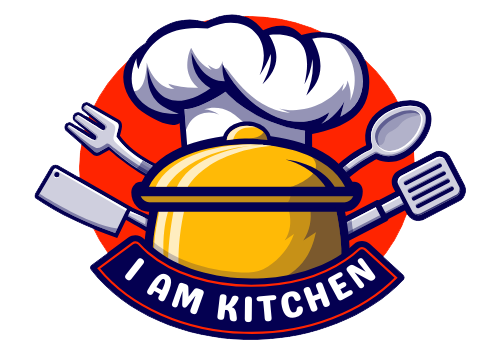Accidents can happen anywhere, at any time, and the kitchen is no exception. From minor cuts and burns to more serious injuries, it’s important to be prepared for any situation. That’s why every home should have a first aid kit in the kitchen. Here are some reasons why:
- Easy Access: The kitchen is often the hub of the home, where everyone gathers for meals and snacks. Having a first aid kit readily available in the kitchen means that it can be quickly accessed in the event of an emergency.
2. Basic Supplies:
A well-stocked first aid kit should contain basic supplies for treating common injuries. These may include adhesive bandages, gauze pads, antiseptic wipes, and adhesive tape. Having these supplies on hand can help prevent infections and stop bleeding.
3. Burns: The kitchen is a prime location for burns, whether from hot pots and pans or steam from boiling water. A first aid kit should contain items such as burn gel and non-adhesive dressings to treat these types of injuries.
4. Cuts: Sharp knives and other kitchen tools can cause cuts and lacerations. A first aid kit should contain items such as sterile gloves, scissors, and tweezers to help clean and dress wounds.
5. Allergies: Many people have food allergies, and reactions can range from mild to life-threatening. Having an epinephrine auto-injector in the first aid kit can save a life in case of anaphylaxis.
6. Poisoning: The kitchen is also a potential source of poisoning, especially if cleaning products or other chemicals are stored in the area. A first aid kit should include a poison control center phone number and instructions on what to do in case of ingestion.
7. Emergency Preparedness :Having a first aid kit in the kitchen is part of being prepared for emergencies. In the event of a natural disaster or another emergency, having basic medical supplies on hand can make a big difference in the outcome.
A first aid kit is an essential item for every home, and having one in the kitchen is particularly important due to the potential for accidents in this area. Basic supplies for treating common injuries, including burns and cuts, should be included in the kit, as well as items for allergies and poisoning. By being prepared with a well-stocked first aid kit, you can help prevent infections and potentially save lives in an emergency.




